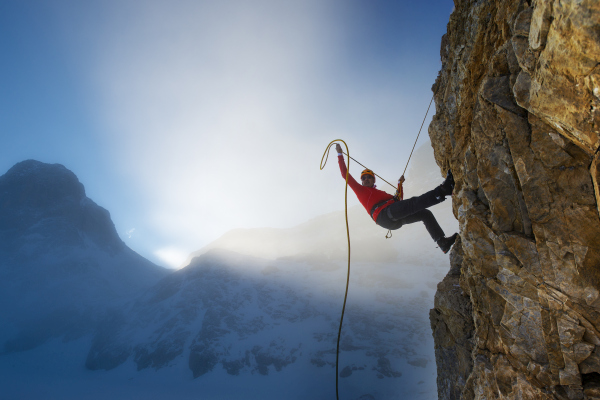Getting out in the open air is often recommended for improving mental health and wellbeing, so it’s not surprising that outdoor therapy is becoming increasingly popular.
What is outdoor therapy?
Sometimes called walking and talking therapy, wild therapy or nature therapy, outdoor therapy takes counselling and psychotherapy out of the therapy room and into the great outdoors.
“From ‘forest bathing’ - simply spending time among the trees - to running therapy, outdoor therapy can be any kind of mental health care that takes place outdoors,” says William Pullen.
It can take place on a mountainside – as long as the therapist has appropriate training – or it can be a park bench, your back garden, a beach and everything in between.
Outdoor therapy is suitable for everyone. It can have great benefits for wheelchair users, those with limited or no mobility, and for those with other needs such as sensory processing disorders.
What can outdoor therapy help with?
Outdoor therapy can help with just about anything indoor therapy can.
Research shows it’s useful for those who feel stuck in therapy, for survivors of institutional and therapeutic abuse, and for those who have had bad experiences of therapy.
It can also be helpful for people who find the conventional therapy setting awkward and uncomfortable, as well as those who generally find it easier to talk when moving.
“It can help people who find indoor therapy confining, challenging or uninspiring,” says William.
What should you consider before having outdoor therapy?
Outdoor therapy should only be offered by a competent therapist, who must ensure that it is suitable for your individual and specific needs.
They must conduct a thorough risk assessment to make sure you’ll find the route accessible and have suitable clothing and footwear for the route and the weather.
Confidentiality is a vital consideration, to make sure you’re not overheard or meet people you know.
They also need to have a cancellation policy, particularly in the event of bad weather, as well as alternatives if you can’t meet in person.
A therapist should talk you through the differences between having therapy indoors and outdoors. This should include what to do if you encounter someone else and what to do in an emergency.
“Ask yourself if this is the right place, time and community for me to go through what I need to go through?” adds William. “What to one person may feel like a wonderful experience may feel too exposed to the next.”
If you’re unsure about anything to do with how the sessions will be managed, from length of time to the route, then ask. Your therapist will answer any questions you may have.
The Institute of Outdoor Learning’s good practice guidance for working outdoors provides information on what to look for in an outdoor therapist.
If you have any comments or would like to share your story, please get in touch with us.
More about outdoor therapy...
What outdoor therapy can help with...
Want to know more...

What is counselling?
Find out how counselling works, what therapists do and what happens in a therapy session.

Therapist Directory
How to use our online therapist directory to search for a counsellor or psychotherapist by location, services or specialisms

How to get therapy
Where and how you can get access to counselling and psychotherapy, including free and paid for services
